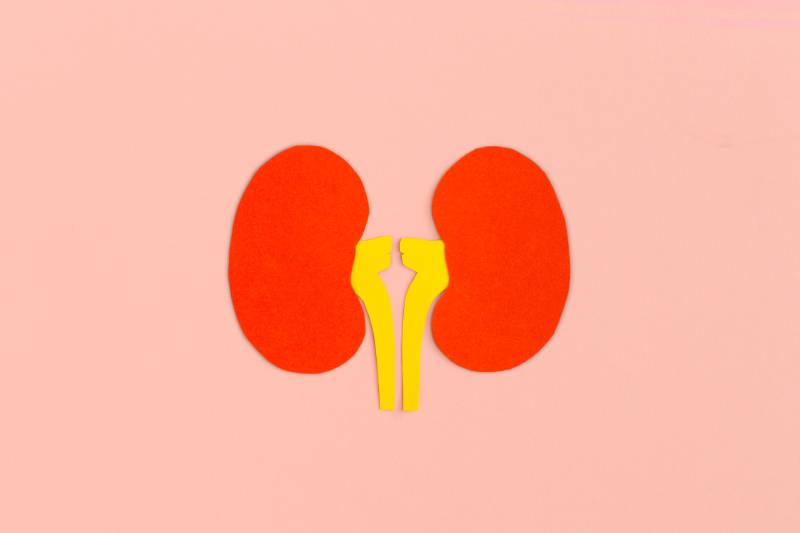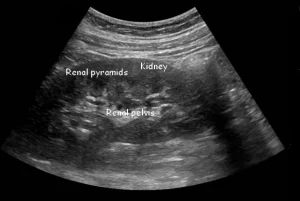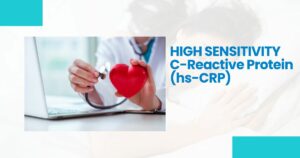
What is a KUB:
KUB refers to the medical imaging of the kidney, ureter, and bladder. This means that it uses a scan like an ultrasound to get images of the kidney, urinary bladder, and ureter (the part connecting the kidney and bladder).
There are 2 kidneys in the human body, and they are bean shaped organs that play the vital role of filtering your blood and creating urine. They maintain the level of many chemicals in the blood like minerals, salts and water; with excess/waste material being filtered out of the blood and turned into urine.
The bladder stores the urine created by the kidney. It also handles continency by controlling when the urine is released.
The ureter is the tube that the urine flows through from the kidney to the bladder. The difference between a ureter and a urethra, is that a ureter connects the kidney to the bladder, whereas the urethra connects the bladder to the outside of the body.
Ultrasound of the KUB:
A KUB ultrasound will take place in different parts of your body, moving to get each of the organ. These ultrasounds will look for structural information and abnormalities of the organs. This includes the appearance, size, shape, tumors (abnormal growths of tissue) or abnormalities like stones.
A bladder full of urine is required to do an ultrasound on the lower abdomen, and liquids typically appear as black in ultrasound. This means the bladder will appear as a big black blob on the screen. If you’re male, you may see your prostrate as the slightly darker colour below your bladder. If you’re female, you may see your uterus below your bladder.
When scanning your kidney, the sonographer may place the probe horizontally on the side of your abdomen. The kidney will be the dark bean shape (it’s dark since it’s full of blood and liquid) with a lighter-coloured center which is the renal pelvis (the part connecting the kidney with the ureter). There may also be darker spots in the dark parts of the kidney. Those are the renal pyramids, and they contain the structure (nephrons) that filters the blood and make urine with waste products. You are free to ask your sonographer for more information about anything you see or want to know.


Common problems – Kidney stones
The kidney filters various chemicals and minerals out of the blood an into urine. But if there’s more waste than liquid, then crystals may form, which eventually turn into hardened deposits/kidney stones. Despite the name kidney stone, the stone itself can travel down the ureter and into the bladder. Regardless of location, it can possibly be pretty harmful and painful to have if it gets too big or stuck. Kidney stones can lead to reduced kidney functions, damage, blocked ureter, and infections.
Kidney stones have no definitive causes as of yet, however scientists suggest that factors like drinking too little water or an unbalanced diet may increase the risk of kidney stones.
Kidney stones are quite common, with around 1 in 10 people having kidney stones at least once in their life. Some symptoms include:
- Severe sharp pain in the side of your body, below the ribs
- Pain or burning sensation when urinating
- Blood or difficulty urinating
An imaging test like an ultrasound is recommended to check for kidney stones. Even if you don’t have symptoms or pain, it’s still best to have a quick check up to see if you have any at all or if there are small stones that may turn into bigger stones and cause issues later on. Other scans like a CT scan has similar accuracy to an ultrasound when detecting kidney stones, except, unlike a CT scan, an ultrasound doesn’t involve radiation. An ultrasound is generally used as preliminary examination, along with other screenings like urine test and blood tests.







